|
| ||||||||
 |
|
Documented proof exists that at various times, all the men listed below were at Sobibor for some length of time. Approximately 100 Germans and about 200 Ukrainian guards worked in Sobibor during its eighteen months of existence. Other than the commander and his deputy, all Germans were non-commissioned officers, but were always superior in rank to any of the Ukrainian guards. Their function in the camp varied. Some had specific assignments such as setting up the gas chambers and crematoria; other rotated from other Operation Reinhard camps. And there were some, like Frenzel, who were at Sobibor from the beginning to its end. At any given time the German personnel amounted to about 30 men, of whom approximately one half was always on rotating vacations.
Having the spoils of their victims at their disposal, the Sobibor Nazis lived in the utmost comfort, supplementing military rations with foodstuffs stolen from the murdered Jews. The best tailors, cobblers, culinary experts, dentists and mechanics were kept as laborers who used their talents to make life easier for the Germans assigned to the "wilds" of Poland. Some even put in orders to the mechanics shop for bicycles made from converted baby carriages, for their children in Germany. Some enriched themselves by stealing valuables, even gold teeth pulled from the victims bodies.
Safe from the front line duty, the non-commissioned officers received an average monthly pay of 58 Reichsmark and close to ten times this amount in bonuses of 18 Reichsmark a day; a total of about 600 Reichsmark. Future incentives took the form of three weeks vacation every three months.
Most of these Germans, all fairly young, were family men. Some, like Frenzel, claimed even to be religious. Their job did not require them to be great managers; the barrel of a gun was persuasive enough.
LEADERS OF "OPERATION REINHARD"
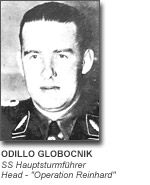
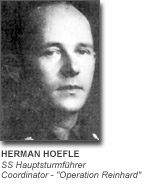
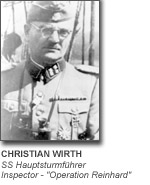
TECHNICIANS OF "OPERATION REINHARD"
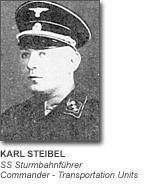
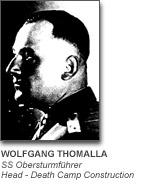

LEADING NAZIS IN SOBIBOR
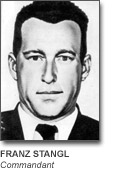
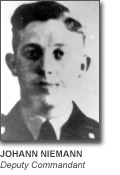

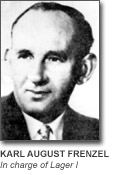
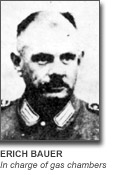
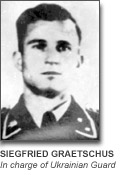
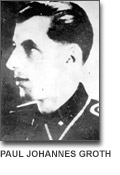

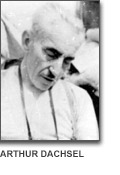
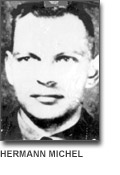
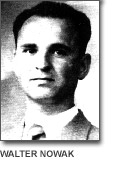
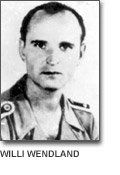
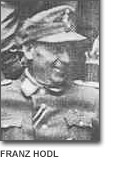
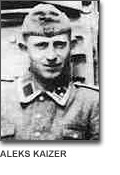
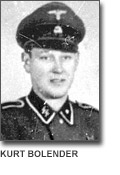
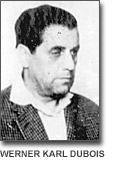
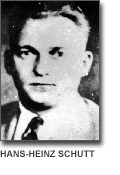
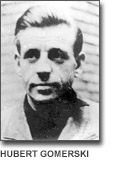
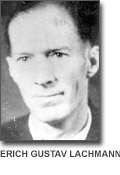
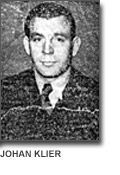
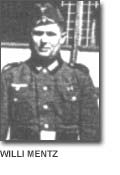
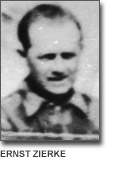
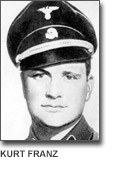

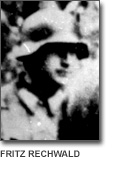
At the Nuremberg Trials, the stories of the death camps were little known. The prosecution accused criminals mostly on the basis of the atrocities at Auschwitz and other well-known Nazi camps where the evidence and witnesses were relatively easy to obtain. As for Sobibor, witnesses had dispersed and the criminals were unknown to the authorities.
In May, 1945 former Sobibor staff member SS Nowak was recognized in East Germany by a former Sobibor inmate, Meir Ziss. Nowak was arrested by Soviet authorities. SS Hubert Gomerski, another Nazi from Sobibor, was also arrested. Then Johann Klier was arrested, but as a person who felt compassion for the Jews and secretly tried to help them, he was soon released.
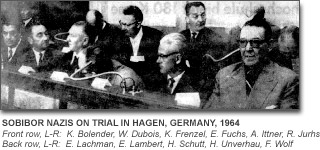
One of the worst murderers, Erich Bauer, the chief of the gas chambers, was found fortuitously. He was recognized on the streets of Berlin by survivors. On September 1, l951 he was sentenced to death and then, after abolition of the death penalty in Germany, to life in prison.
On September 6, 1965, the German court in Hagen initiated the proceedings against thirteen former Sobibor Nazis, accusing them of crimes against humanity. On December 20, l966, the following sentences were handed out:
1. Frenzel, Karl, carpenter; arrested in 1962. Accused of personally killing 42 Jews and helping to murder approximately 250,000 Jews. Found guilty of personally killing 6 Jews and of helping to murder approximately 150,000 Jews. Sentenced to life in prison.
2. Bolender, Kurt, hotel porter; arrested in 1961. Accused of personally killing approximately 360 Jews and of helping to murder approximately 86,000 Jews. Committed suicide in prison before sentencing.
3. Wolf, Franz, warehouse clerk; arrested in 1964. Accused of personally killing one Jew and helping to murder 115,000 Jews. Found guilty of having assisted in the murder of at least 39,000 Jews. Sentenced to eight years in prison.
4. Ittner, Alfred, laborer; accused of helping to kill approximately 57,000 Jews. Found guilty of having assisted in the murder of approximately 68,000 Jews. Sentenced to four years in prison.
5. Dubois, Werner, mechanic; accused of helping to kill approximately 43,000 Jews. Found guilty of having assisted in the murder of at least 15,000 Jews. Sentenced to three years in prison.
6. Fuchs, Erich, truck driver; accused of helping to kill approximately 3,600 Jews. Guilty of assisting in the murder of at least 79,000 Jews. Sentenced to four years in prison.
7. Lachman, Erich, mason; accused of helping to kill approximately 150,000 Jews; freed.
8. Shutt, Hans, salesman; accused of helping to kill approximately 86,000 Jews; freed.
9. Unverhau, Heinrich, male nurse; accused of helping to kill approximately 72,000 Jews; freed.
10. Juhrs, Robert, porter and janitor; accused of helping to kill approximately 30 Jews; freed.
11. Zierke, Ernest, saw mill worker; accused of helping to kill approximately 30 Jews; freed.
12. Lambert, Erwin, tile layer; accused of helping to kill an unknown number of Jews; freed.
Thus, most of the Nazis were freed in a relatively short time; their citizenship rights were revoked only for the duration of the prison sentence.
The most notorious of the executioners, SS Stangl, was arrested in Brazil and extradited to Germany. On July 22, l970 the Dusseldorf Court sentenced him to life in prison for complicity in the murder of 900,000 people. He died in prison of a heart attack.
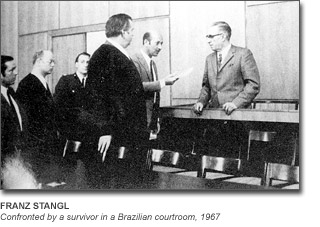
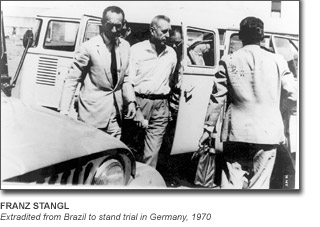
THE BEAST OF SOBIBOR

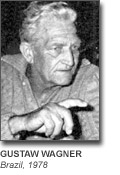
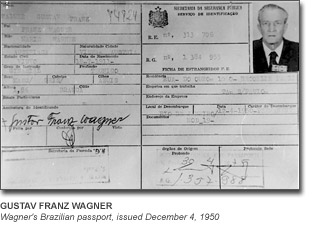
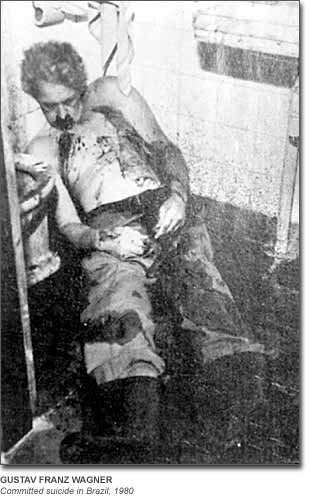
THE UKRAINIAN GUARDS
The Ukrainian collaborators also went into hiding after the war. Only a few were ever caught. Some even made it to the United States and other western countries where they were received in the disguise of anti-Communists and displaced persons.
One of them named Ivan Demjanjuk was a guard in Sobibor who was discovered living peacefully as a retired auto worker in the Cleveland suburb of Seven Hills. In February, 1986 he was extradited to stand trial in Israel as "Ivan the Terrible" who ran the gas chambers at Treblinka. It was never proved that Demjanjuk was indeed Ivan and the Israeli court was forced to release him. However, it duly noted that there was conclusive proof that Demjanjuk was a guard in Sobibor.
Some guards were tried in the Soviet Union: B. Bielakow, M. Matwiejenko, J. Nikifor, W. Podienka, F. Tichonowski and J. Zajcew were found guilty and executed for their part in the Sobibor crimes. In April, l963 at a court in Kiev where Sasha Pechersky was the chief prosecution witness, ten former Ukrainian guards were found guilty and executed and one was sentenced to fifteen years imprisonment. In a third trial in Kiev held in June, 1965 another three former Ukrainian guards of Belzec and Sobibor were sentenced to death.
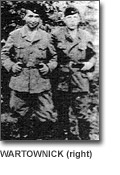
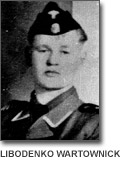
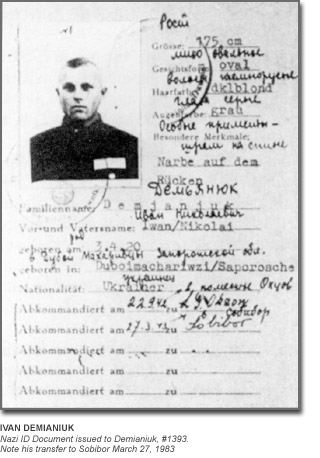
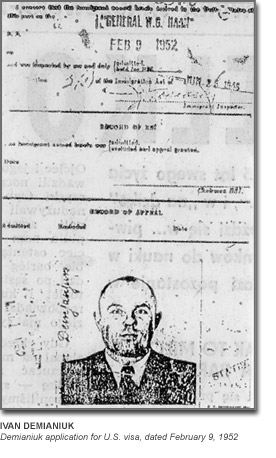
IVAN DEMJANJUK